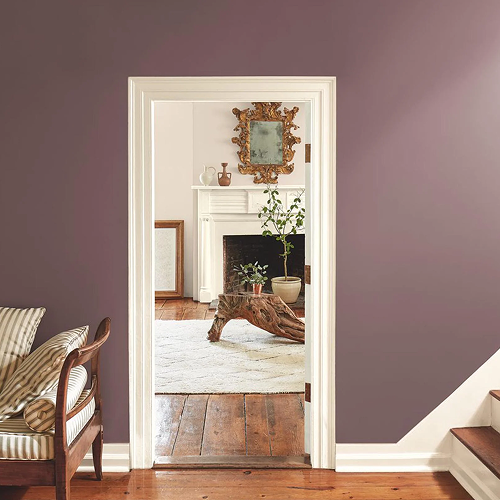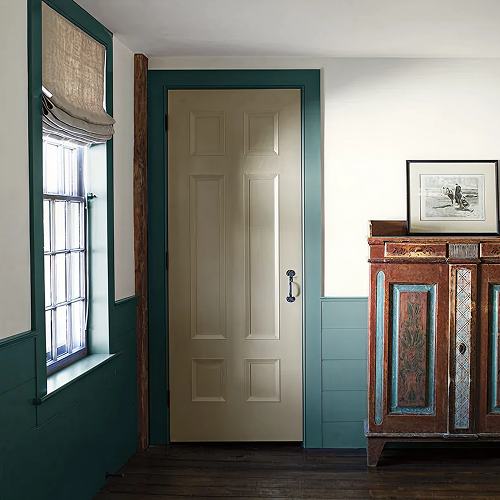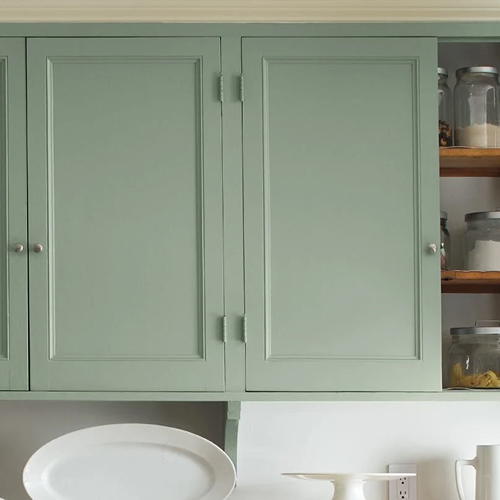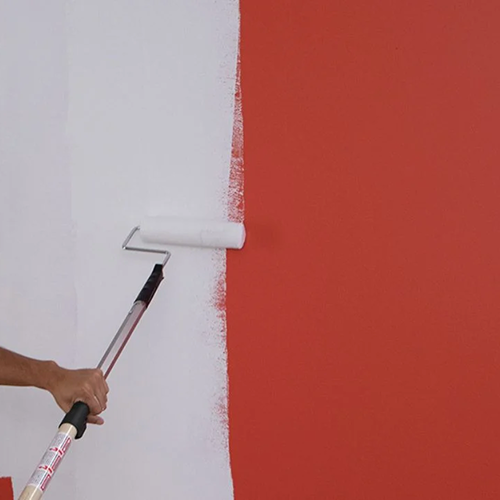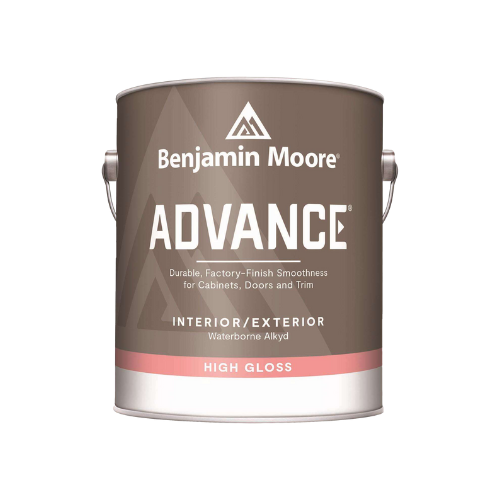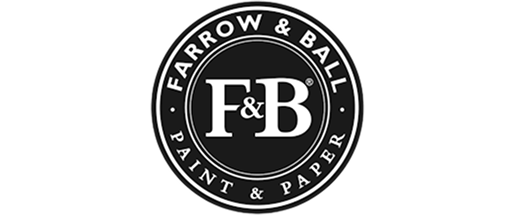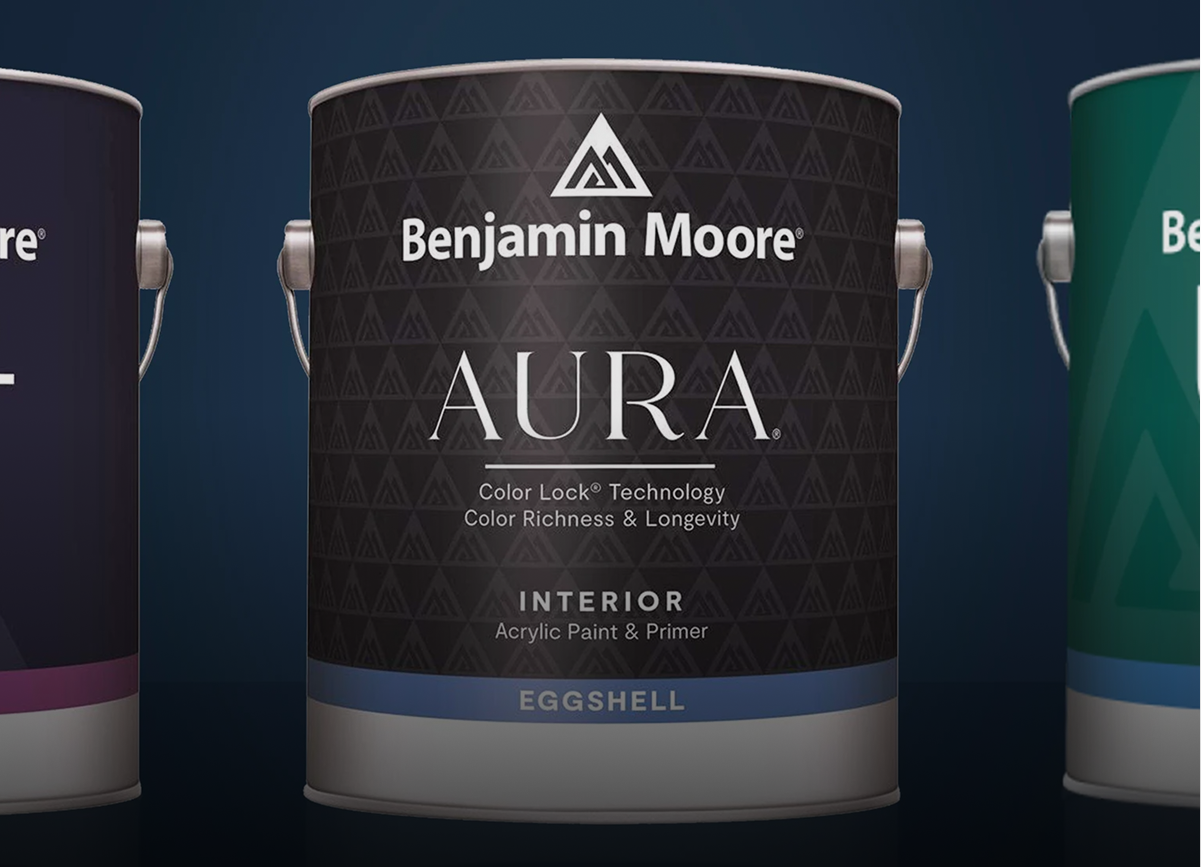
Darien, CT
Address: 181 West Ave, Darien, CT 06820
Bethel, CT
Address: 9 Taylor Ave, Bethel, CT 06801
Boston, MA
Address: 355 Newbury St, Boston, MA 02115
Branford, CT
Address: 25 E Industrial Rd, Branford, CT 06405
Danbury, CT
Address: 59-67 Federal Rd, Danbury, CT 06810
Fairfield, CT
Address: 1139 Post Rd, Fairfield, CT 06824
Hampton, NH
Address: 848 Lafayette Rd, Hampton, NH 03842
Lewisboro, NY
Address: 386 Smith Ridge Rd, South Salem, NY 10590
Madison, CT
Address: 85 Bradley Rd, Madison, CT 06443
Middleboro, MA
Address: 149 Everett St, Middleboro, MA 02346
New Bedford, MA
Address: 1193 Ashley Blvd, New Bedford, MA 02745
New London, CT
Address: 308 S Frontage Rd, New London, CT 06320
New Milford, CT
Address: 140 Danbury Rd, New Milford, CT 06776
Newburyport, MA
Address: 201 Merrimac St, Newburyport, MA 01950
Newton, MA
Address: 50 Needham St, Newton Highlands, MA 02461
Newtown, CT
Address: 14 Church Hill Rd, Newtown, CT 06470
Niantic, CT
Address: 28 Hope St, Niantic, CT 06357
Norwalk, CT
Address: 149 Westport Ave, Norwalk, CT 06851
Orange, CT
Address: 131 Boston Post Rd, Orange, CT 06477
Plymouth, MA
Address: 58 Shops at Five Way, Plymouth, MA 02360
Portland, ME
Address: 1037 Forest Ave, Portland, ME 04103
Portsmouth, NH
Address: 620 Peverly Hill Road, Portsmouth, NH 03801
Saco, ME
Address: 35 Scamman St, Saco, ME 04072
South Portland, ME
Address: 153 Ocean St, South Portland, ME 04106
Stamford, CT (Harvard Avenue)
Address: 87 Harvard Ave, Stamford, CT 06902
Stamford, CT (High Ridge Road)
Address: 921 High Ridge Rd, Stamford, CT 06905
Stratford, CT Commercial Paint Center
Address: 160 Avon St, Stratford, CT 06615
Phone:(203) 814-3050
Store hours:
Mon - Fri7am - 5pm
SatClosed
SunClosed
HolidaysClosed
Set as default storeTrumbull, CT
Address: 921 White Plains Rd, Trumbull, CT 06611
Waltham, MA
Address: 14 Warren St, Waltham, MA 02453
Westport, CT
Address: 877 Post Rd E, Westport, CT 06880
Wethersfield, CT
Address: 669 Silas Deane Hwy, Wethersfield, CT 06109
Wilton, CT
Address: 129 Danbury Rd, Wilton, CT 06897
Woburn, MA
Address: 116 Cummings Park, Woburn, MA 01801
Yarmouth, ME
Address: 412 Route 1, Yarmouth, ME 04096
Interior Paint & Primers
Order online for same-day curbside or in-store pickup.
Order by 2 PM
Free shipping on orders over $150 right to your front door!
